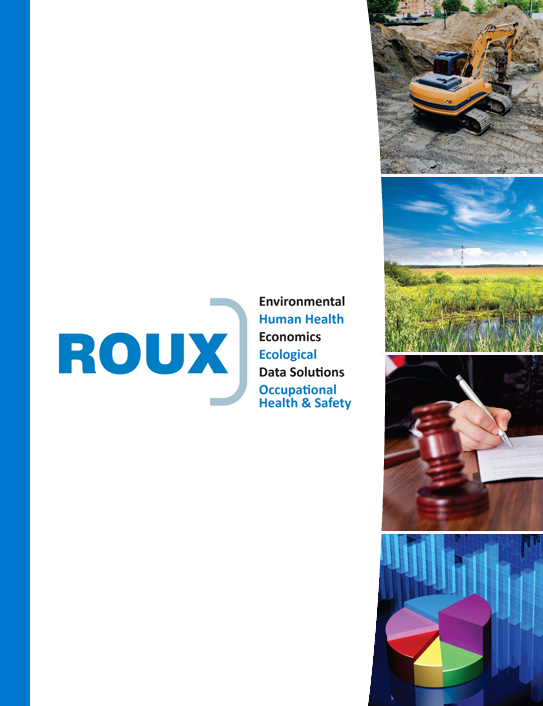Complimentary Published Article – Bubbles and Dust: Experimental Results of Dissolution Rates of Metal Salts
Written by Candace M. Wygel of Roux, S. C. Peters, J. M. McDermott, and D. L. Sahagian
Ash from volcanic eruptions can introduce contaminants into soil and surface water, affecting plants, soils, and human health. This study conducted leaching experiments using contrasting ash samples in conjunction with microscopic and chemical analyses to determine how ash particle morphology and chemical composition affects leaching and thus contamination. Results showed that the preponderance of leaching occurred within the first few hours, and that over a week the surface area of the individual wet ash particles changed depending on the chemical composition of the ash. This change in surface area in turn affected the leaching rates of the ash. This study thus helps us understand how and when a volcanic ash eruption impacts drinking water for people and livestock. Impacted waters in these regions have high concentrations of metals and nonmetals, which, if ingested, are harmful to human and animal health and can potentially lead to cancer, kidney damage, and skeletal and dental fluorosis among other ailments. This may be useful for specific emergency response and preparedness in volcanic regions.
Please click below for a complimentary download of the article:

